
When it comes to spring and autumn Bangkok-based birders head to the city’s parks in search of a wide variety of passage migrants. For migrating birds heading over this large area of urbanization these green areas provide much-needed rest areas as well as the opportunity to feed and gain the energy required to continue migration. Although spring migration usually provides the greatest concentration of migrants in Thailand, autumn migration is more spread out and there is the possibility of interesting species that are not usually found in the city through a period of several months. Over the last few weeks other birders have found a number of interesting passage migrants, while I have been busy with other things, but I managed to find a morning on 14th October to visit one of the larger parks in the city, Queen Sirikit Park, to see if I could find any migrants of interest.
Any visit to a Bangkok park will feature Oriental Magpie Robins. These chirpy characters are always busy singing and feeding on the ground while often involved in disputes with each other too. I was greeted by one as soon as I set foot in the park.
When I first came to Thailand I worked as an English teacher and in one of my jobs I taught small children about some of the bidlife of Thailand. I made a series of flashcards that featured some of the common birds that can be seen around the city as well as a few iconic birds like Great Hornbill. The children really enjoyed learning the names and getting involved in various colouring and craft activities about the birds and one of the birds they liked the most was Oriental Magpie Robin. They liked the way the name of the bird sounded and each class of kids would blast out the three words of the bird’s name with a punctuated pause in between each of them. I always think of this now when I see this familiar bird of Bangkok.
Resident species such as Coppersmith Barbet, Pied Fantail, Asian Koel and Common Iora were all nice enough but I was hoping for some migrants and at first these were totally absent. However, as I was trying to track down the call of a Black-naped Oriole a pair of Grey-headed Lapwings flew overhead; a pretty good bird for central Bangkok. The cat-like calling of the oriole did not take much longer to locate and I managed a few partially obscured photos of this bird, the first of several I saw over the course of the morning.
A few more common migrants followed quickly afterwards with Asian Brown Flycatcher, several Taiga Flycatchers were obvious with their ratchet-like call, a salangensis Ashy Drongo and then something a little less common in Sakhalin Leaf Warbler skulking in some undergrowth.
Much of the park is very “tidy” but there is a good canopy of trees throughout so I took a walk around towards the bamboo garden where I thought there could be some interesting birds. The highly landscaped areas did not produce any migrant species but with few people being in the park in the very early morning I was able to get some nice close up shots of both Asian Pied Starling and Black-collared Starling. Both of these are handsome birds and would be highly sought-after if they were so familiar to those of us who spend a lot of time here.
Searching the bamboo garden for migrants I was coming up with a total blank, possibly as the ground layer is so tidy, with leaf litter swept up into piles but as I was moving on to another area the scolding of several Streak-eared Bulbuls drew me back and thanks to the bulbuls I was treated to the sight of two Collared Scops Owls roosting in the bamboo. This is a fairly commo owl of parks, gardens and forest but one that I hear far more frequently than I see so this was a really nice surprise.
As I was photographing these owls I noticed a couple of Thai birders nearby so went to let them know about my find and was pleased to show them the right spot to stand in to see them. Meeting them was a stroke of luck too as they told me they had found a Sulphur-breasted Warbler in a nearby tree. It is always nice to be able to exchange information like this and it did not take me long to get great views of this colourful little Phyllsocopus warbler. Sulphur-breasted Warbler is not an uncommon sight among feeding flocks in forests in parts of Thailand but to see it in a Bangkok park is a treat indeed.
The Sulphur-breasted Warbler was busy feeding on caterpillars in this one tree and gave me plenty of time to watch it at close quarters. It is a rare opportunity to see this bird at such length so I spent some time obtaining as many photos as possible, although low light conditions made it tricky to capture this fast-moving species.
While watching this little bird a couple of Yellow-browed Warblers and two Eastern Crowned Warblers joined the feast provided by this tree. All of these birds were attracted to the emergence of small caterpillars which were proving to be a magnet for birds including Asian Brown Flycatcher, Black-naped Oriole, Taiga Flycatcher and a Crow-billed Drongo, another scarce migrant.
It is amazing how much of the park can be devoid of migrant species then one tree contains a whole party of them; sort of a bird supermarket. It just goes to show how vital green spaces like this are to migratory birds that find themselves in need of refuelling before they can proceed with their onward journey. Just a few key trees or some unkempt corners can provide birds with the resources they need. Some birds, like Scaly-breasted Munias, will turn up anywhere there is room for them to nest, even if it is just a few large shrubs on a balcony. The ones in the park have a rather more varied habitat with some ornamental plants providing seeds for them to feast on.
Close by I heard a call that is familiar to me from the forest but less familiar in the city; White-crested Laughingthrush. This one wasn’t a migrant though, rather a feral bird from nearby Chatuchak market that has set up home in the park. In one area of Bangkok that I used to live in there was a large feral colony of this handsome bird and I understand there are a few around the city; all originating from escaped cage birds.
From here I took a walk around the remainder of the park, poking into the quietest and most overgrown spots turning up more Eastern Crowned Warblers and another Sakhalin Leaf Warbler along with lots of common resident park birds like Spotted Dove, Indochinese Roller and White-vented Myna. There were other migrants though and, as often happens, mid morning seemed to be the peak time for migrant activity. I found a leucogenys Ashy Drongo, more Black-naped Orioles, several more Yellow-browed Warblers and a Blue-tailed Bee-eater which is always a nice bird to photograph.
This one is clearly moulting some flight feathers but also many of the tail feathers are missing, including the ones that make the little “pin” that is so characteristic of many species of bee-eater.
With so many Taiga Flycatchers in the park it was only a matter of time before one presented itself and asked to have its photo taken and so I duly obliged. Just a week or so ago there were none of these commonest of “winter” visitors but on this day they were clearly arriving in numbers.
October is the month that usually marks the end of the rainy season and this day in the middle of the month was certainly a dry one with blue skies and strong sunshine, making things hot by late morning. Hopefully within a few weeks some dry and cooler weather will move in but I expect we are in for a few more heavy storms yet before the wet season is finally over. Hopefully I will have time to make some more visits to Bangkok’s parks and find a few more interesting migrant birds.


 October 23rd, 2022
October 23rd, 2022  Nick
Nick 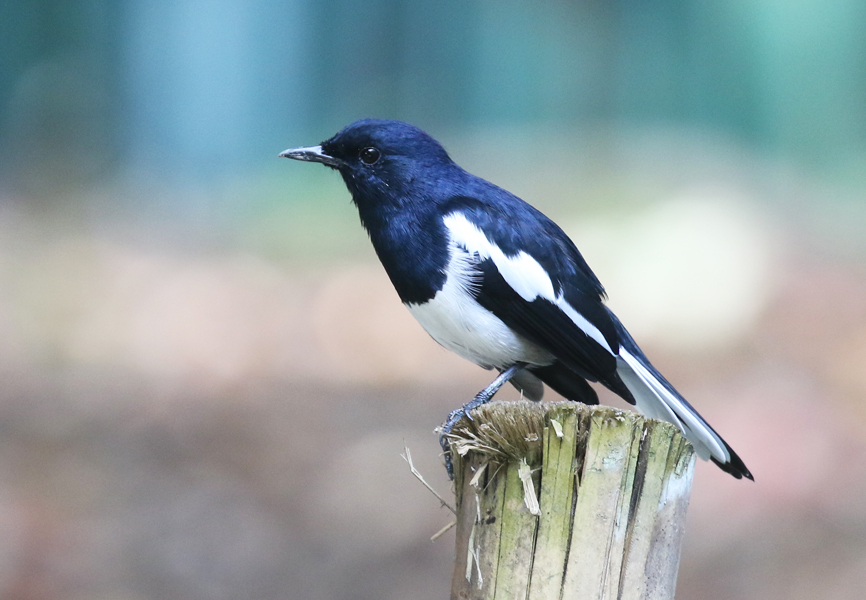
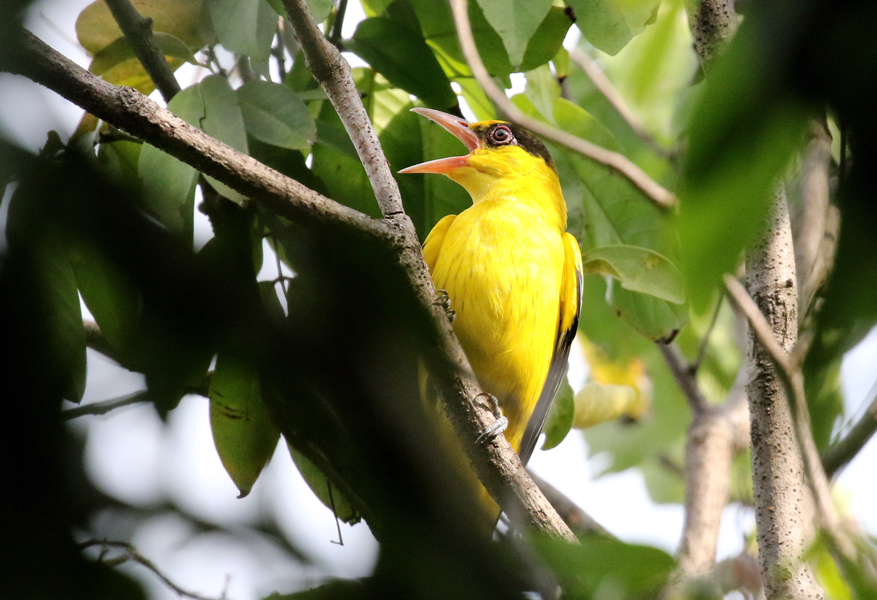
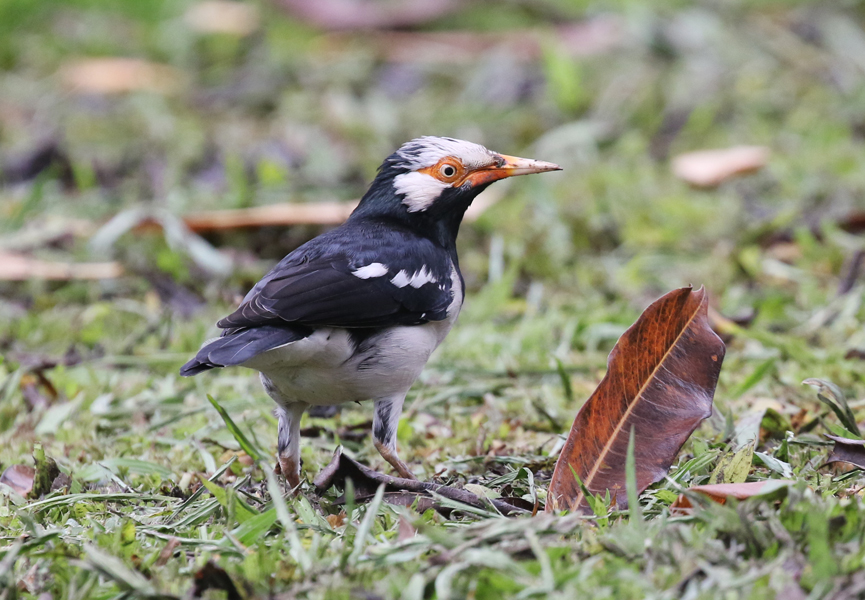

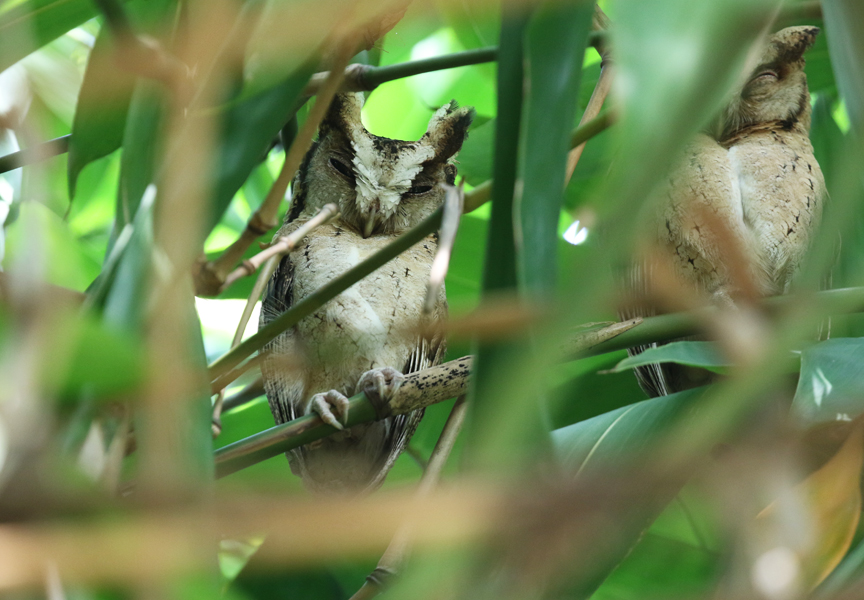





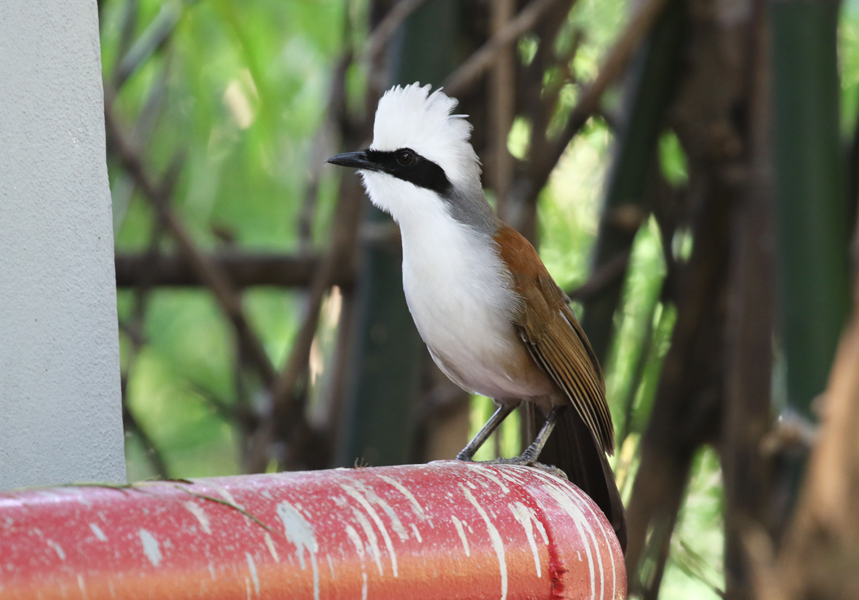
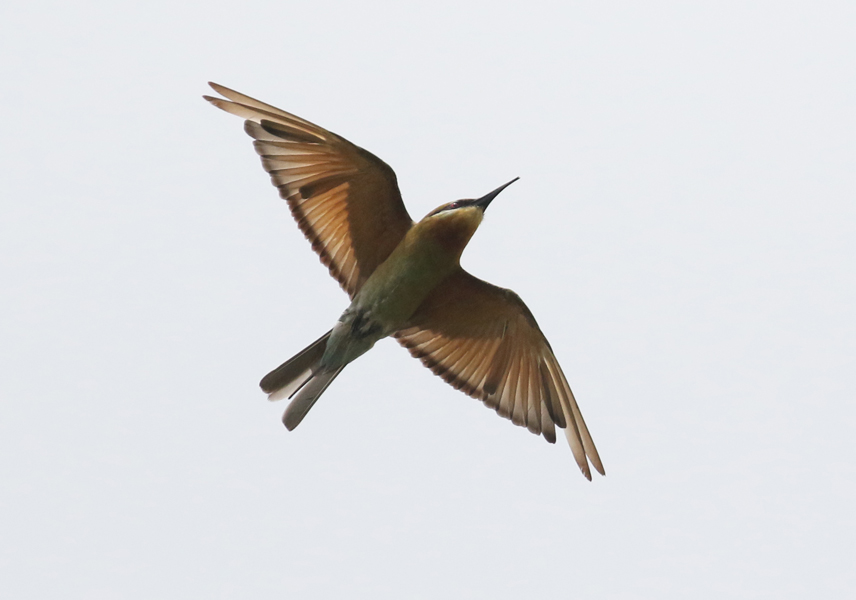
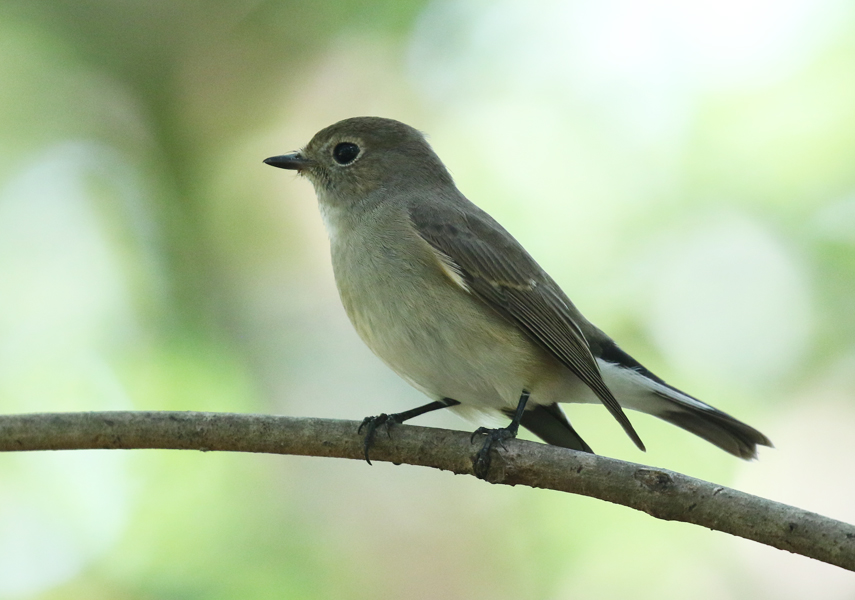
 Posted in
Posted in  Tags:
Tags: 









